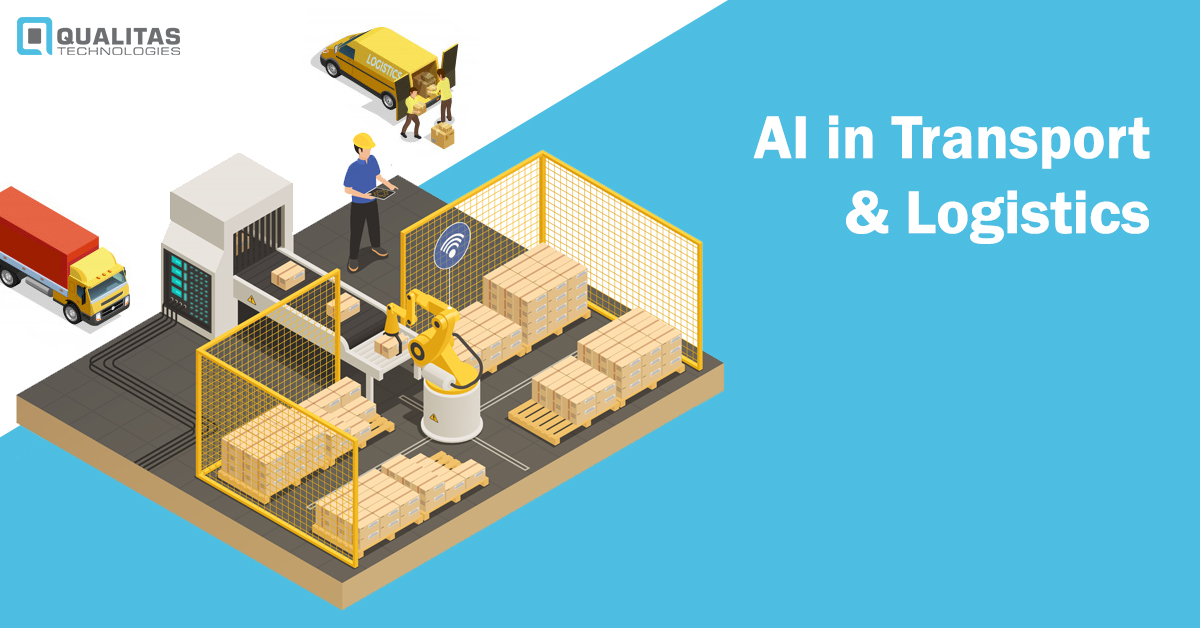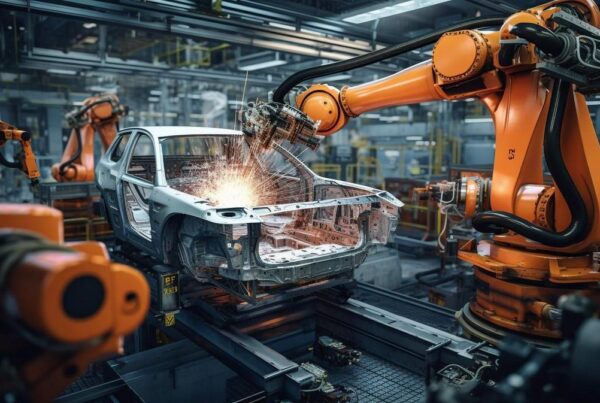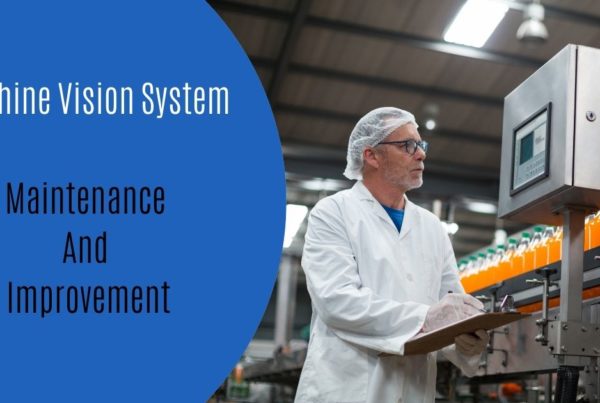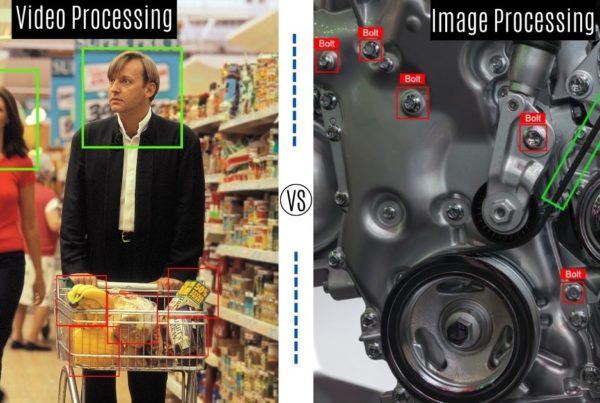
Importance of Transport and Logistics
Transport and Logistics form the lifelines of every industrial nation’s economy. Eliminating the distance between a manufactured product and the customer is the responsibility of this industry. Supply chains are extremely complex and delicate to cater to the needs of ever-changing consumer demand. The process of delivering goods might seem straightforward, but it is much more complicated. It encapsulates processing, inspection, storage, navigation, and communication. Even a slight negligence or time lag might potentially depress the supply chain.
Every smart industrialist and businessman understands the crucial significance of seamless logistics and transport in a dynamic industry. What may seem to be an effortless process, involves days of diligent management by a humongous workforce.
Related Article– Effects Of Augmented Reality Startups On The Logistics Industry
Challenges Faced by the Transport and Logistics Industry
The Transport and Logistics Industry is looking forward to evolution and innovation. 5 of the crucial challenges faced by this industry are:
- Inefficient inspection
Compliance with international rules and regulations is non-negotiable for every industry. The current inspection processes are manual and hence, allow room for errors, higher costs, and processing time. Defective products, if delivered often cause serious damage to the company’s reputation.
- Limited visibility
Currently heavily dependent on human workforces, the numerous processes are not completely transparent to the employer.
- Higher costs
Inefficient methods and manual errors can cost the company a lot of resources and incur high costs. Also, employing an unnecessarily large workforce adds a lot more maintenance and pushes the costs higher. Inefficient transportation only increases fuel and labor costs.
- Higher processing time
Since almost all processes are manual, they often demand a lot of time and depresses the net throughput. It is well known that ‘Time is Money’, hence, more time is more cost incurred.
- Maintaining inventory
It is necessary to centralize all data from invoices and goods so that the data remains readily accessible, secure, and error-free, which is a monotonous and tiresome task for manual laborers.
Also, Read Robotic Process Automation – Carving the Future of Different Businesses
Growth of AI and Machine Vision technology
Artificial intelligence is the latest technological marvel that helps machines carry out cognitive functions, like humans. Only, this workforce is 100% obedient, reliable, accurate, and cheaper. Machine Vision devices, equipped with AI, have started creating deep footprints in all industries. Gradually, relying on the magical vision of AI, more and more companies are incorporating AI in their enterprises. According to Forrester, investment is AI increased by a staggering 300% in 2017 as compared to 2016. Sources suggest that AI could contribute up to $ 15.7 trillion to the world economy by 2030.
Also, Read The Future Of Manufacturing
Applications of Machine Vision in Transport and Logistics
- Self-Driving Vehicles
Driverless cars that were a part of sci-fi fiction are now a reality. Machine vision systems dynamically analyze the surroundings and traffic status. It helps increase passenger safety; reduce travel time and congestions on the road. Ultimately, it also helps in reducing carbon emissions. Such driverless taxis have already started operating in Tokyo.
- Automating repetitive tasks
Automating repetitive tasks such as extracting data from invoices and maintaining inventory can lower the costs and time significantly. AI-equipped devices can even provide intelligent recommendations to maximize the throughput and minimize the costs.
- Seamless inspection
Flawed and incompetent methods of manual inspection must now be scrapped. Machine Vision devices can perform these arduous and meticulous tasks, with 100% accuracy in seconds. They can accurately report or segregate defective goods, preventing any further trouble.
- Predictive maintenance
Combined with IOT, Machine Vision devices can predict their own maintenance and alert the employer beforehand. Thus, fixing them before they break down will help prevent any imminent issues.
- Autonomous warehouses and storage centers
By automating warehouses, the overall production and efficiency will definitely shoot upwards. Robotic Process Automation (RPA), combined with human expertise, will help maximize profits and enhance the customer experience.
Related Article– 7 APPLICATIONS OF MACHINE VISION
Several corporations have started adopting AI in Transport and Logistics. Numerous others have made collaborations with software companies to incorporate AI and create systems tailored to their requirements. Some of such corporations are:
- Continental expressed intentions of developing delivery robots at the CES 2019.
- NVIDIA and Mercedes – Benz have collaborated to develop AI in cars.
- Huge corporations like Wal-Mart, Nike and Ikea have already developed and started using automated warehouses.
- Automated taxis have already started functioning in Tokyo, Japan.
- S. logistics have started incorporating autonomous trucks which, according to a Mckinsey report, will reduce the maintenance and administration costs by a significant 45%.
Conclusion
To sum up, the time is ripe for an AI revolution in Transport and Logistics. The world is, slowly but surely, embracing AI in every sector. According to IDC, the worldwide investment in AI is going to double in four years, reaching $110 billion by 2024. Integration of AI into this complex web of production and distribution is sure to disrupt conventional strategies of this arena. Leveraging AI in Transport and Logistics will help reduce idle time, carbon emissions, traffic, and increase capacity, passenger safety, and productivity drastically.
Mckinsey Global Institute predicts that the Transport and Logistics industry will experience a potential increment of 89%, by leveraging AI. Conclusively, AI will surely help you gain an edge over your competitors and skyrocket your business.
Register For Our Upcoming Free Webinar





